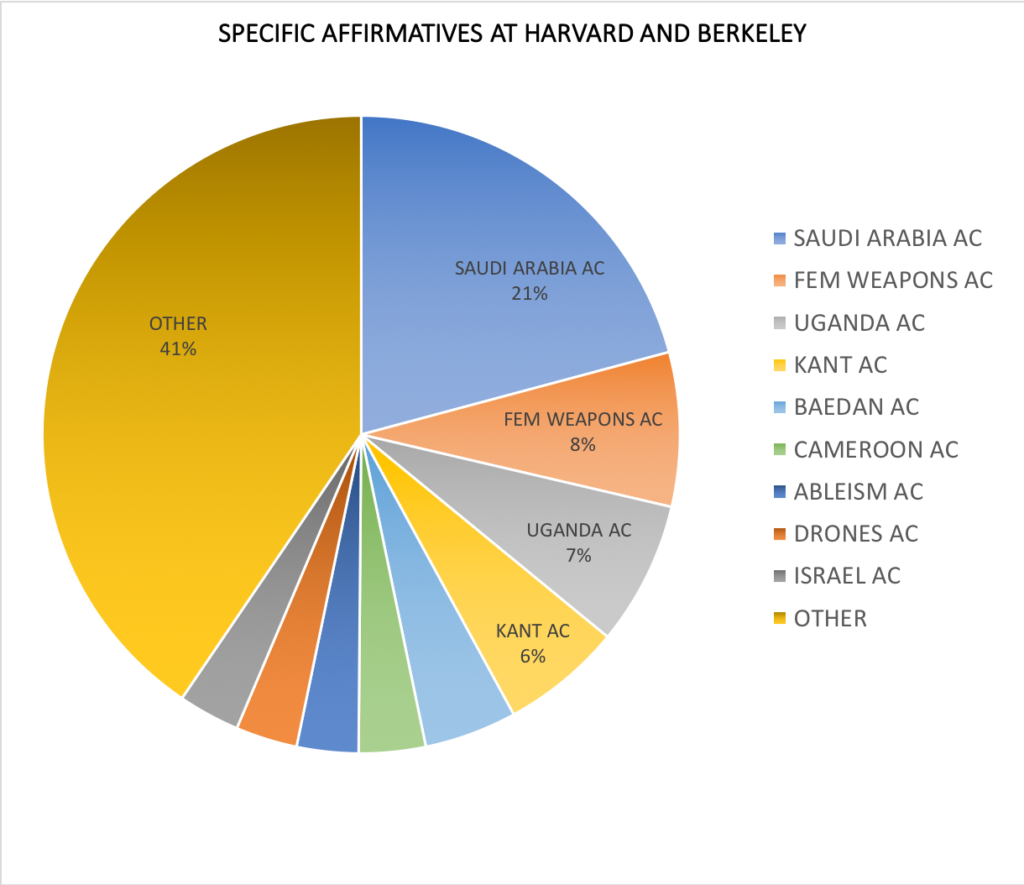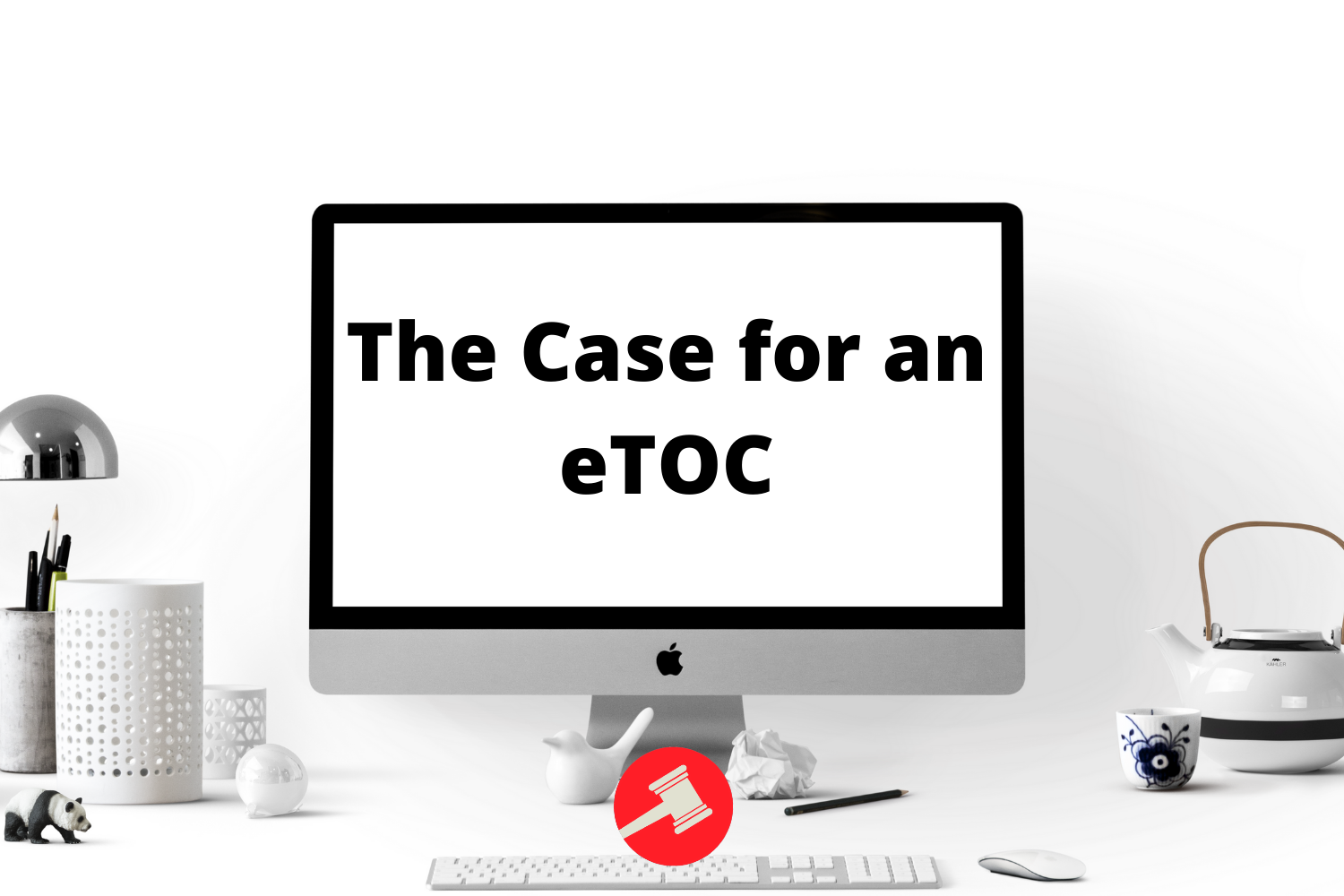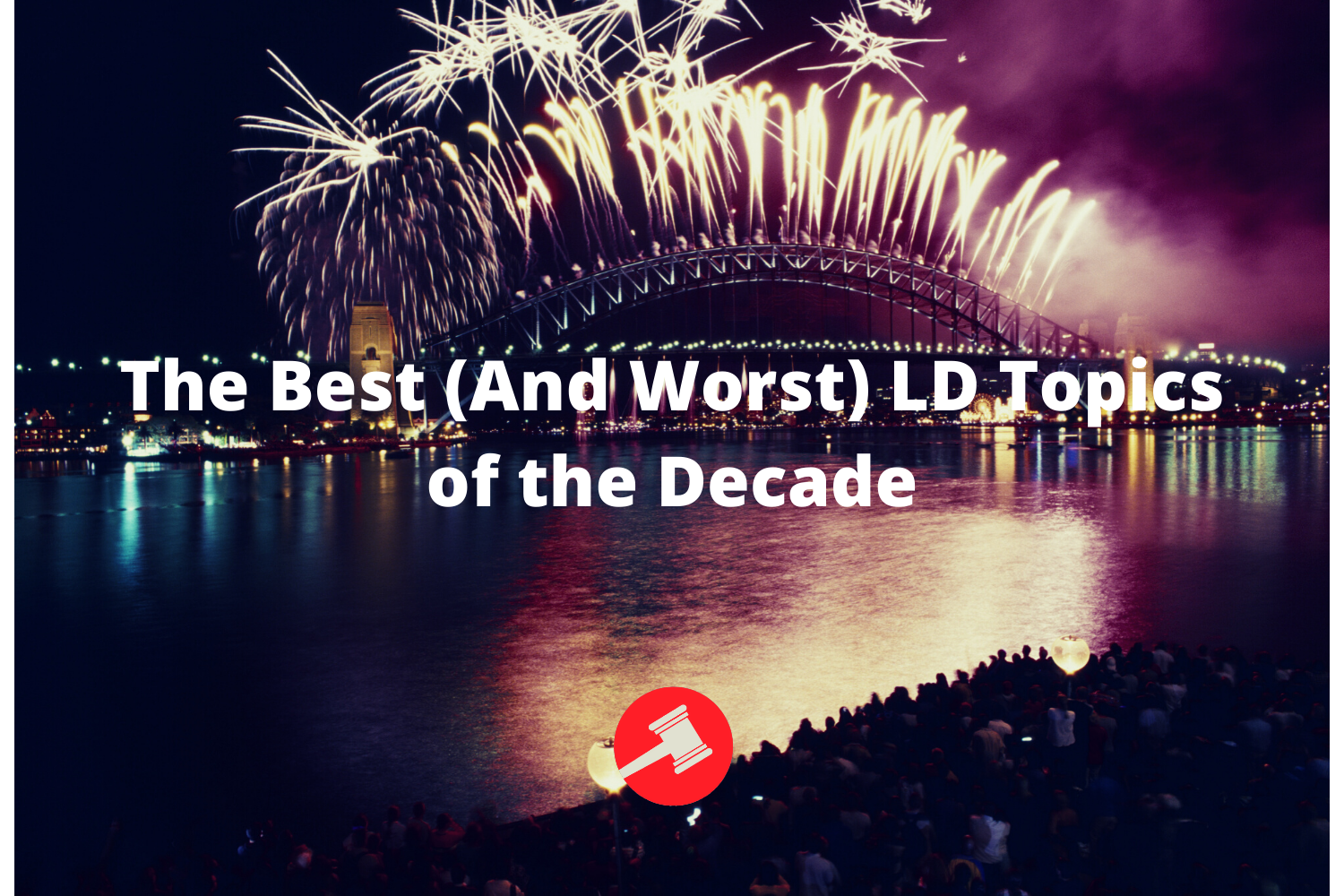JanFeb 2019 Affirmative Meta Analysis (Kenan Anderson)

Introduction
Now that the last tournaments on the Jan-Feb topic are well behind us I decided to do some analysis of the affirmative meta-game. This article will mostly be descriptive and just focus on the data. I leave the interpretation and reading of the meta tea-leaves up the readers. Feel free to share your thoughts on the data here in the comments below or on our Facebook post!
Methodology
In an excel spreadsheet, I created a list of every octo-finalist from Harvard and Berkeley. Then, using a combination of the wiki and reaching out to students I listed every affirmative they had read on the topic. This left me with a list of 81 affirmative cases, much higher than the 32 debaters in octofinals at the two tournaments. So, I gave every case a “weight” equivalent to the fraction of that debater’s total affirmatives. For example, St Andrews Episcopal IB’s wiki only lists various versions of the Saudi Arabia AC on their wiki, so his Saudi Arabia AC was given a weight of 1. Cambridge Rindge and Latin AG’s Wiki listed three affirmatives: Cameroon AC, Cosmopolitanism AC, and a Venezuela AC. These were each given a weight of .33 to account for the fact that they were only read (approximately) one-third of the time. Obviously, this method is imperfect, as not every affirmative disclosed by a debater is read an equal amount of time, but absent comprehensive round reports and much more in-depth data, it should still provide a clear picture of the meta.
Additionally, I categorized every affirmative into one of three categories: Policy, Kritik, or Phil. These are obviously very broad terms, and there were several occasions where a case could’ve been placed into more than one category. In the end, I tried to focus on what aspects of the case I would expect the affirmative debater to focus on most, whether it would be the plan, the framework, or some combination of the method/ROB/performance.
Results
Looking at the octo-finalists from Harvard and Berkeley and the meta break down is as follows. Policy affirmatives represented 52% of cases by weight, followed by kritik affirmatives at 36% and philosophy based affirmatives at 12%.
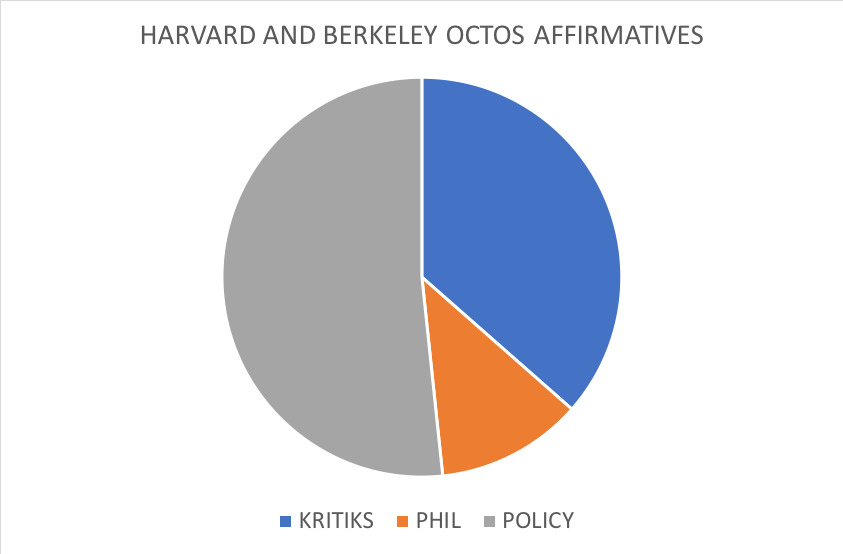
However, when we break down the tournaments separately, we can start to see some of the differences between the two. Harvard’s meta contained a significantly higher percentage of philosophy affirmatives, fewer policy affirmatives, and about the same number of kritiks. The final weighted percents for Harvard were 42% policy affirmatives, 38% kritik affirmatives, and 20% philosophy affirmatives.
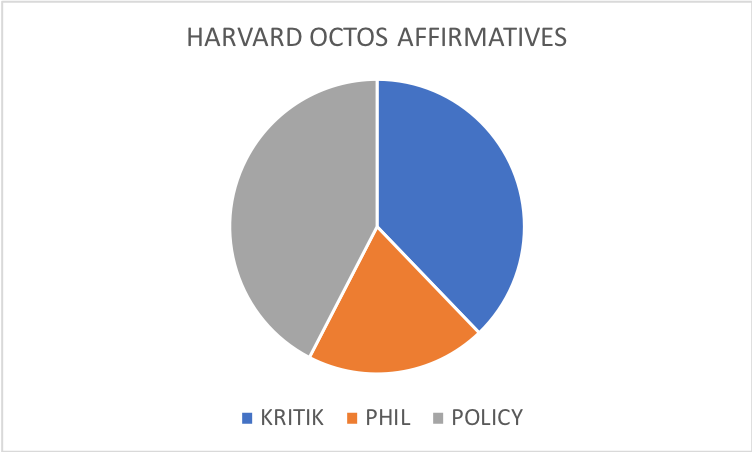
Berkeley, on the other hand, saw almost the opposite trends compared to the general meta. They featured almost no philosophy affirmatives and had a super majority of policy affirmatives. The final weighted numbers were 61% policy affirmatives, 35% kritik affirmatives, and only 4% philosophy affirmatives.
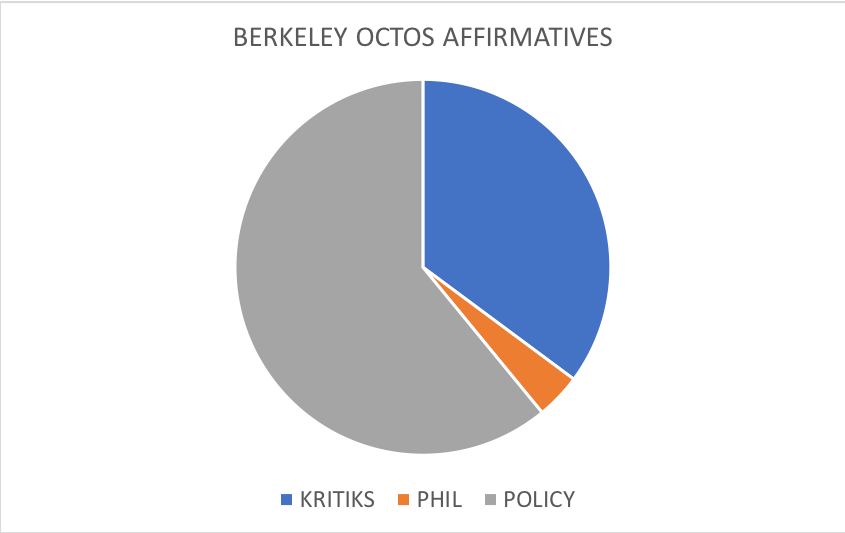
I also wanted to find out which specific cases were the most popular. So I combined the total weight of every affirmative that was read by more than one debater. This is again an inelegant method, as not every Saudi Arabia AC is identical to the other, but it still helps us provide useful information. In the end, there were 54 unique affirmatives. However, the vast majority of these, 45, had a weight of less than one. This means they were read only by one student and were one of many affirmatives that student was reading. In the end the most popular affirmative was Saudi Arabia by far, representing 21% of affirmatives read by octo-finalists! The only other affirmatives to break 5% (approximately equivalent in weight to two students reading only this affirmative) were the Uganda AC, Kant AC, and Harvard Westlake’s Fem Weapons AC. The graph below contains all the other affirmatives that had a weight equal to or greater than 1.
